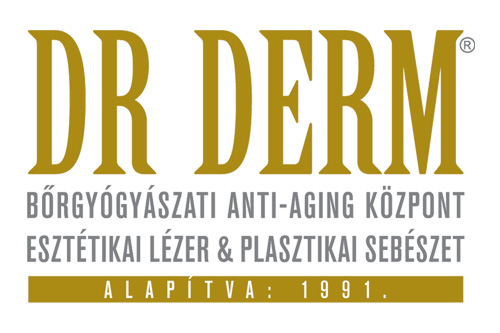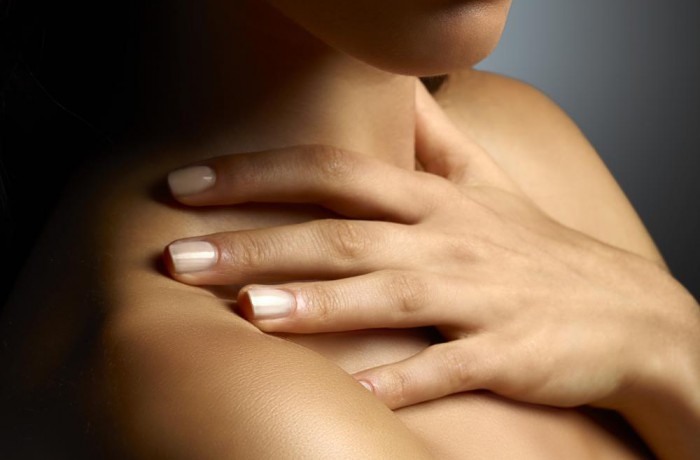Naevus Surgery
Surgical excision of ugly or suspicious birthmarks and skin tumours in compliance with plastic surgery requirements
Excision under local anaesthesia is the safest method of removing growths from the depths of the skin or any surface formations stemming from the depths of the skin. We also use this method to remove pigmented birthmarks and skin tumours, even though our laser surgery cutting instruments are also available.
Skin excision performed with a cold knife (a disposable scalpel) has numerous advantages over the lasers:
- the use of a scalpel by an experienced surgeon can lead to a finer cut
- the recovery capacity of a skin cut with a scalpel is much greater than the recovery capacity of any surface cut (burnt) with a laser
- a skin sample cut with a scalpel is more suitable for biopsy
- following the removal of growths with a laser, scone-like elevated or regular, round, sunken scars are left much more frequently than after an surgical excision
- the laser is no less painful than any other intervention, and may be tolerated only with painkillers
An anaesthetic injection makes an intervention made with a scalpel also totally painless. The edges the lesion are stitched together internally when possible to provide an ideal aesthetic result. The removed growth is sent for biopsy, the result of which is generally handed to the treated patient during the removal of stitches. Stitches are removed 1 week after an operation on any growth on the face and 3 weeks after an operation on any growth on the body or limbs. The removal of stitches is painless.
We can assist the recovery of the scar with a pulsed dye laser treatment, which is a unique method available in Budapest (Scarless PDL treatment).
A detailed examination and mapping is conducted on birthmarks before any birthmark or skin growth is removed (birthmark and skin cancer screening). The excision is executed by our plastic surgeons and dermatologists, who have considerable experience in dermatologic surgery, in a small operation suitable for the intervention, using sterile equipment.


